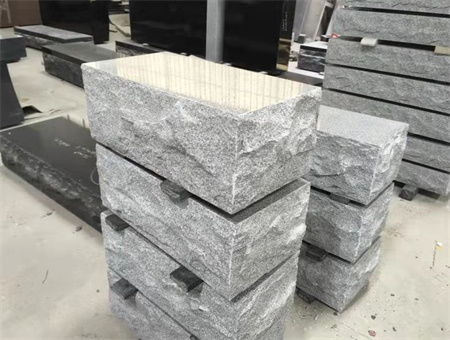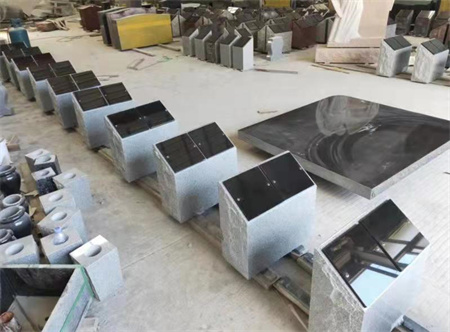How to Design Granite Memorials with Sustainability in Mind

How to Design Granite Memorials with Sustainability in Mind
Granite memorials have long been synonymous with strength, permanence, and remembrance. They serve as lasting tributes to loved ones, standing as markers of memory in cemeteries and parks. However, in an age where environmental concerns are more pressing than ever, designing granite memorials with sustainability in mind has become increasingly important. Sustainability doesn’t just apply to materials or manufacturing methods but also extends to the entire life cycle of the memorial, from quarrying to end-of-life disposal. By adopting eco-friendly practices, granite memorials can continue to honor those we cherish while respecting the planet.
The journey to creating a sustainable granite memorial begins at the source—the quarry. Traditionally, granite extraction has involved heavy machinery and the removal of large volumes of stone, which can lead to significant environmental impact. To design memorials with sustainability in mind, the choice of quarry is crucial. Opting for quarries that adhere to responsible and sustainable extraction practices is the first step. Some quarries are committed to minimizing their carbon footprint by employing energy-efficient tools and machinery, as well as reclaiming and reusing water used in the cutting process.

The design itself is an area where sustainability can make a significant impact. The trend toward simpler, more minimalist designs not only appeals to modern tastes but also reduces material waste. Intricate carvings and excessive ornamentation can waste valuable stone, but a sleek, well-thought-out design can convey the same sentiments with far less material. By reducing the size of the memorial, while still honoring the memory of the deceased, designers can cut down on the amount of stone needed for each project, ultimately contributing to a more sustainable outcome.

The final consideration in creating sustainable granite memorials involves their longevity and end-of-life phase. Granite is incredibly durable, and one of its main advantages is its ability to withstand the elements for centuries. In this sense, it’s inherently sustainable. Memorials crafted from granite don’t require frequent replacements, which minimizes waste over time. However, considering the eventual fate of the stone once it has served its purpose is also important. Many companies now offer memorial recycling programs that repurpose old stones for new memorials, reducing the need for fresh resources. This approach is in line with the principles of a circular economy, where materials are reused and recycled, minimizing waste and maximizing resource efficiency.
Designing granite memorials with sustainability in mind also involves educating clients and raising awareness about these practices. Many families may not be aware of the environmental impact of their choices when purchasing a memorial. By providing clear, accessible information about the benefits of sustainable granite, the advantages of local sourcing, and the eco-friendly engraving methods available, memorial designers can empower customers to make more informed, responsible decisions.
Beyond the physical aspects of the memorial, sustainability can be extended to the memorial’s surroundings. Choosing to plant native trees or incorporate natural elements like stone paths, gardens, or water features around the memorial not only enhances its aesthetic appeal but also contributes to the local ecosystem. These additions provide a place for reflection and connection, while supporting local wildlife and reducing the environmental impact of the surrounding area.
Sustainability in granite memorial design is no longer just a trend; it’s becoming a responsibility. As awareness of environmental issues continues to grow, individuals and businesses in the memorial industry must evolve to meet the demand for eco-friendly solutions. Through responsible sourcing, minimalist design, modern engraving techniques, and promoting recycling, it is possible to create granite memorials that honor both the memory of loved ones and the planet we all share. In this way, the legacy of the deceased can endure not only in the hearts of those who remember them but also in a more sustainable and conscientious world.
